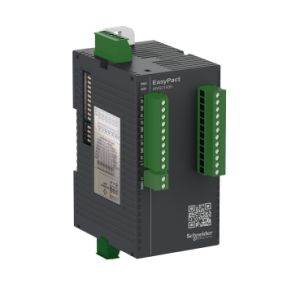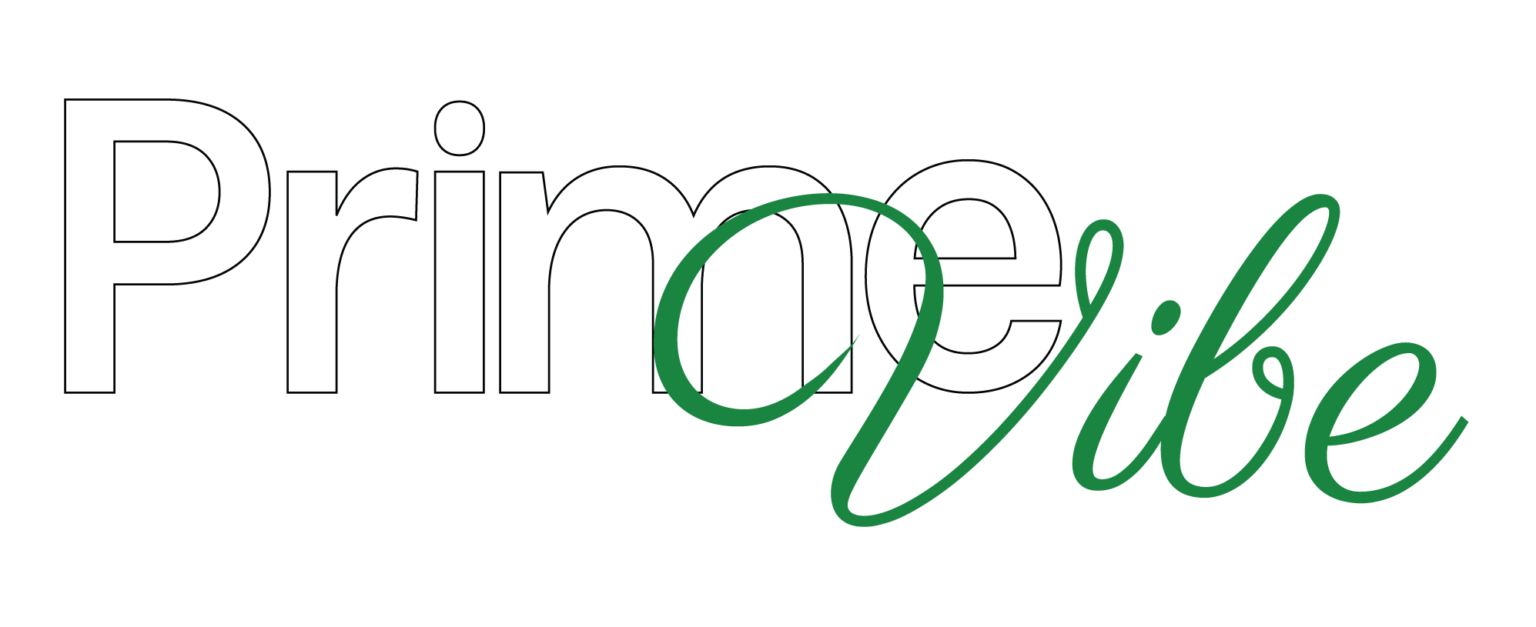A Molded Case Circuit Breaker (MCCB) panel plays a crucial role in electrical power distribution systems, providing circuit protection against overloads and short circuits. Whether in industrial, commercial, or residential applications, maintaining an MCCB panel is essential to ensure system reliability and longevity. Additionally, an MCCB enclosure safeguards these panels from environmental factors, enhancing their durability and safety.
Proper maintenance and troubleshooting of MCCB panels can prevent unexpected failures, downtime, and electrical hazards. In this guide, we will discuss the best practices for maintaining an MCCB panel, troubleshooting common issues, and ensuring that the MCCB enclosure remains in optimal condition.
Understanding MCCB Panels and MCCB Enclosures
Before diving into maintenance and troubleshooting, it’s important to understand what MCCB panels and MCCB enclosures are and why they are essential for electrical systems.
What is an MCCB Panel?
An MCCB panel is a type of electrical distribution board that houses Molded Case Circuit Breakers (MCCBs). These breakers provide circuit protection by automatically disconnecting power when a fault, such as an overload or short circuit, occurs. Unlike MCBs (Miniature Circuit Breakers), MCCBs are designed for higher current ratings, making them suitable for heavy-duty applications.
What is an MCCB Enclosure?
An MCCB enclosure is the protective casing that houses an MCCB panel, shielding it from external elements such as dust, moisture, and accidental contact. Depending on the application, MCCB enclosures can be made of metal, plastic, or fiberglass and may be rated for indoor or outdoor use.
Best Practices for Maintaining an MCCB Panel
Regular maintenance ensures that the MCCB panel operates efficiently and safely.
Follow these best practices to keep your MCCB panel in optimal condition:
Conduct Routine Visual Inspections
Performing routine inspections helps identify potential issues before they become critical. During an inspection, check for:
Physical damage or corrosion on the MCCB panel and breakers.
Loose or frayed wiring connections.
Signs of overheating, such as burn marks or melted insulation.
Dust and dirt accumulation inside the MCCB enclosure.
Keep the MCCB Panel Clean
Dirt and dust buildup inside the MCCB enclosure can cause overheating and component failure. To clean the panel:
Use a dry, lint-free cloth to wipe down breaker surfaces.
Use compressed air to remove dust from hard-to-reach areas.
Avoid using liquid cleaners that may cause electrical short circuits.
Check and Tighten Connections
Loose connections in an MCCB panel can lead to overheating and electrical failures.
Periodically:
Inspect and tighten all terminal screws using an insulated screwdriver.
Ensure that busbars and wires are properly secured.
Look for signs of oxidation on metal contacts and clean them if necessary.
Monitor for Overheating Issues
Overheating in an MCCB panel can be caused by:
Overloaded circuits.
Loose or corroded connections.
Inadequate ventilation in the MCCB enclosure.
To prevent overheating:
Use an infrared thermometer to check for temperature anomalies.
Distribute electrical loads evenly across circuits.
Ensure that the MCCB enclosure allows for adequate airflow.
Perform Regular MCCB Testing
To ensure that MCCBs are functioning correctly, conduct periodic tests, including:
Trip Testing: Simulates overload conditions to verify the MCCB trips as expected.
Insulation Resistance Testing: Measures insulation quality to prevent electrical leakage.
Contact Resistance Testing: Ensures minimal resistance across MCCB terminals.
Verify the MCCB Enclosure Condition

A damaged or poorly sealed MCCB enclosure can allow dust, moisture, and pests to enter, leading to system failures. Regularly:
Inspect the MCCB enclosure for cracks, rust, or missing parts.
Ensure that the enclosure doors and seals are intact.
Upgrade to weatherproof enclosures for outdoor installations.
Troubleshooting Common MCCB Panel Issues
Even with proper maintenance, MCCB panels can experience issues. Here are some common problems and troubleshooting steps:
MCCB Tripping Frequently
Possible Causes:
Overloaded circuit.
Short circuits or ground faults.
Faulty MCCB settings.
Troubleshooting Steps:
Identify the affected circuit and check if it is carrying excessive load.
Reduce the load by redistributing power to other circuits.
Inspect wiring for signs of damage or short circuits.
Ensure that the MCCB trip settings match the circuit’s design specifications.
MCCB Fails to Trip During a Fault
Possible Causes:
Faulty internal trip mechanism.
Excessive dust or corrosion on contacts.
Incorrectly adjusted MCCB settings.
Troubleshooting Steps:
Manually test the MCCB using a test button, if available.
Clean the MCCB contacts and terminals to ensure proper connectivity.
Adjust the trip settings according to manufacturer specifications.
MCCB Panel Producing Unusual Sounds
Possible Causes:
Loose or vibrating components inside the MCCB enclosure.
Electrical arcing due to faulty connections.
Overloaded circuit breakers.
Troubleshooting Steps:
Tighten all loose connections inside the MCCB panel.
Inspect for signs of arcing and replace damaged components.
Check circuit loads and reduce excessive demand.
MCCB Panel Overheating
Possible Causes:
Poor ventilation in the MCCB enclosure.
High ambient temperatures.
Loose or oxidized terminal connections.
Troubleshooting Steps:
Improve ventilation around the MCCB panel by ensuring proper air circulation.
Inspect and clean terminal connections to reduce resistance.
If necessary, install cooling fans or relocate the MCCB panel to a cooler area.
MCCB Enclosure Corrosion or Damage
Possible Causes:
Exposure to moisture or chemicals.
Poor-quality enclosure material.
Insufficient sealing against environmental factors.
Troubleshooting Steps:
Replace corroded or damaged MCCB enclosures with weather-resistant models.
Use enclosures with appropriate IP or NEMA ratings for harsh environments.
Apply protective coatings to prevent further corrosion.
Safety Precautions for MCCB Panel Maintenance
Working on an MCCB panel involves handling high-voltage components, so safety should always be a priority. Follow these precautions:
Turn Off Power: Always disconnect the power supply before performing any maintenance.
Use Insulated Tools: Prevent accidental electrical contact by using insulated screwdrivers and pliers.
Wear Personal Protective Equipment (PPE): Use gloves, safety goggles, and non-conductive footwear.
Follow Manufacturer Guidelines: Adhere to the recommended maintenance procedures.
Work with a Qualified Electrician: If uncertain, seek assistance from a professional.
Conclusion
Proper maintenance and timely troubleshooting of an MCCB panel ensure efficient operation, minimize downtime and enhance safety. Regular inspections, cleaning, testing, and load management contribute to the longevity of electrical systems. Additionally, using a high-quality MCCB enclosure protects electrical components from environmental factors, ensuring reliability.
For high-performance MCCB panels and MCCB enclosures, visit Schneider Electric eShop—your trusted source for advanced electrical solutions that ensure safety and efficiency in industrial and commercial applications.





